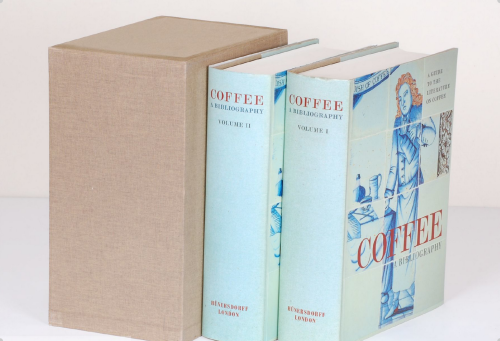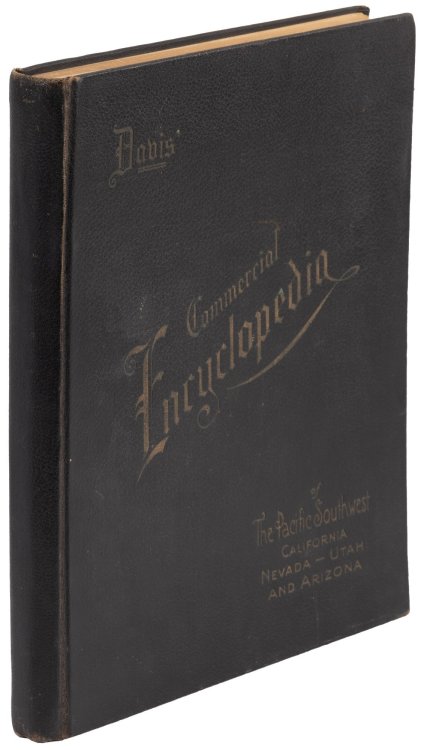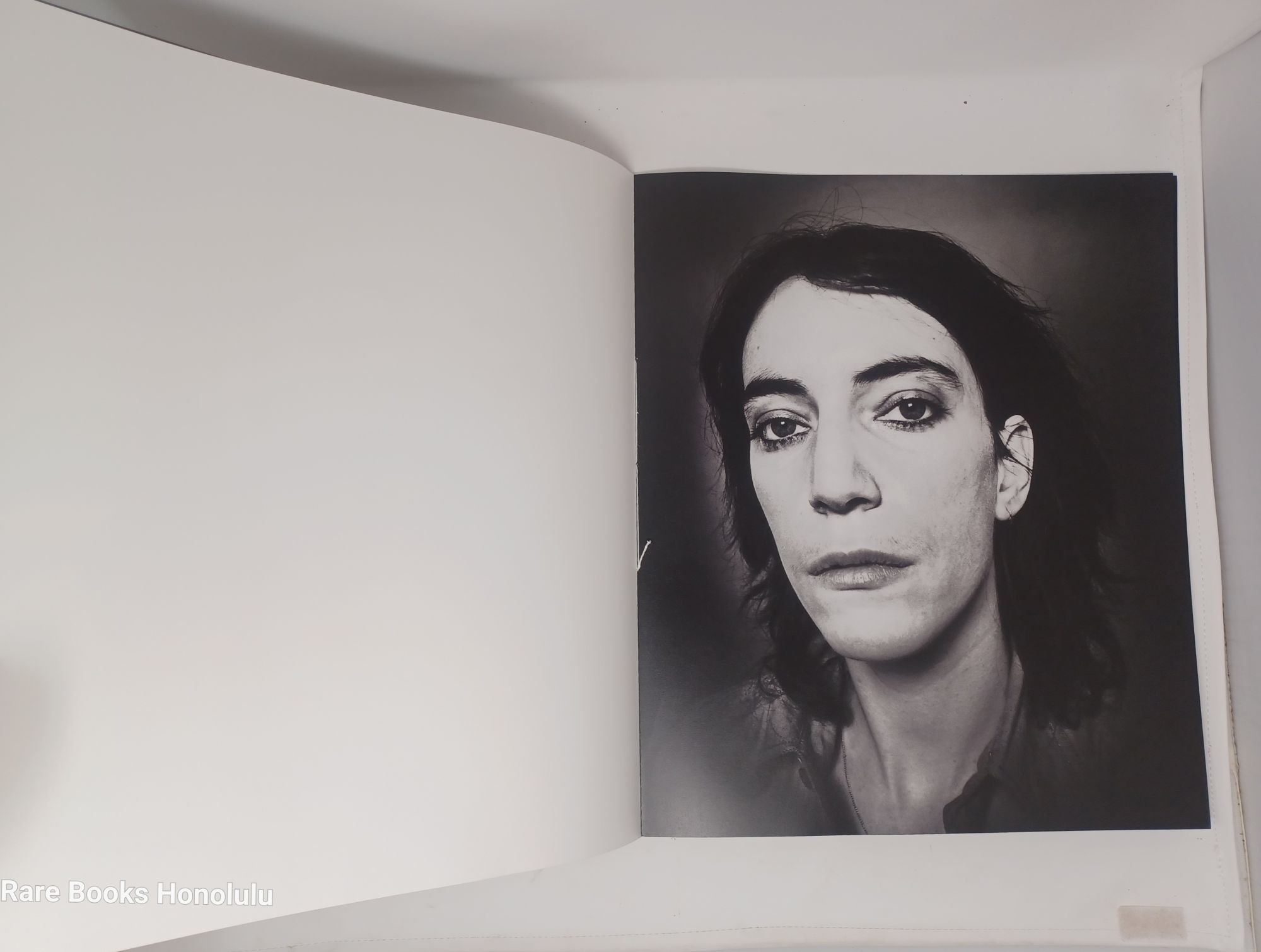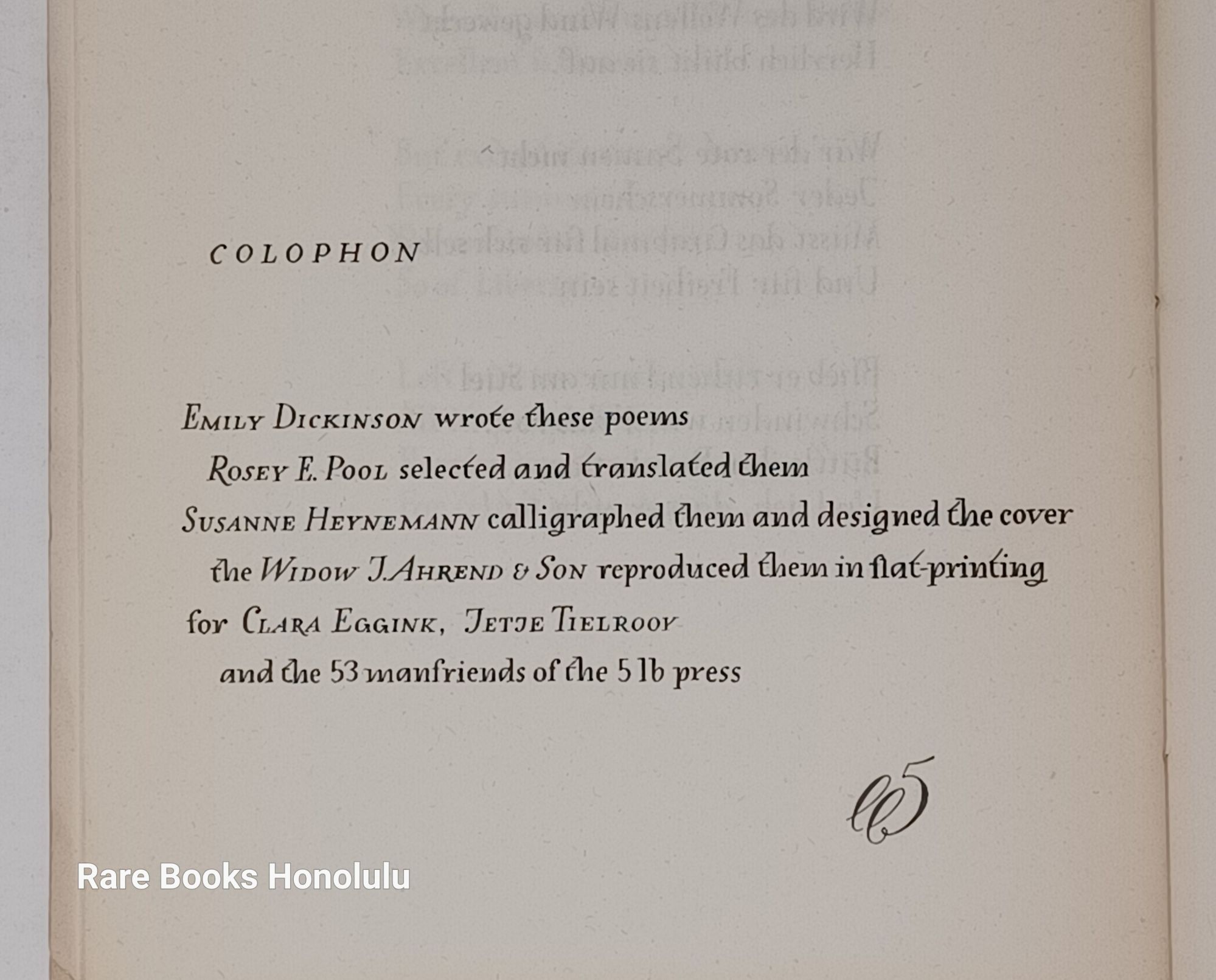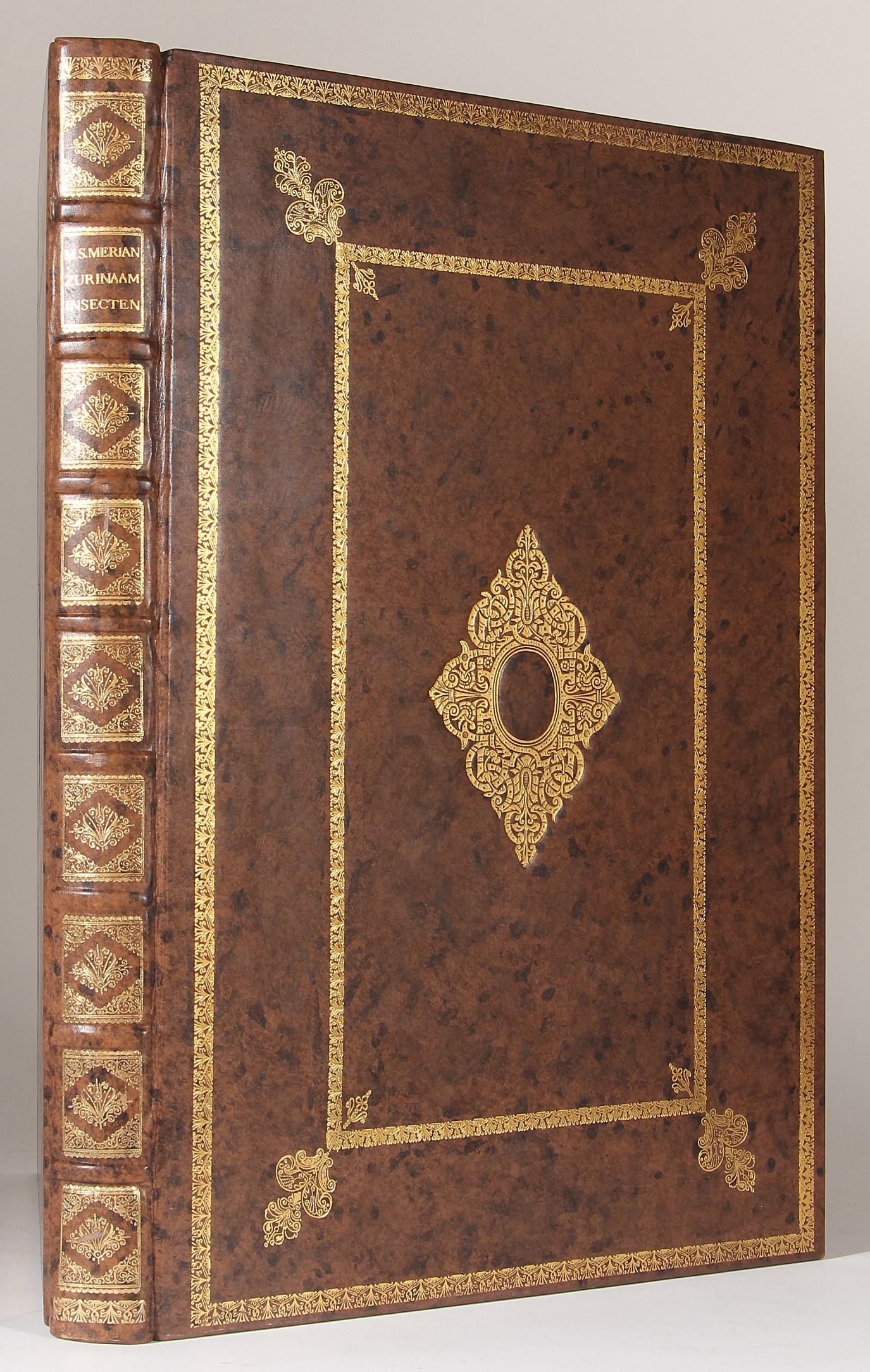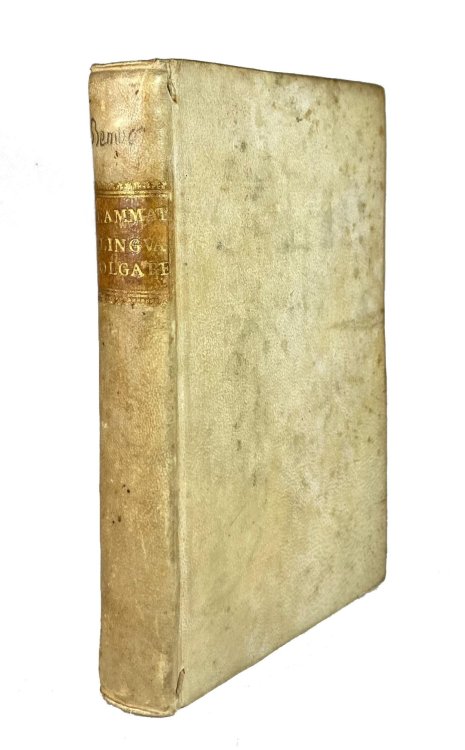
Le Prose, Overo Grammatica della Lingua Volgare
$525.00 USD • Used
Giouanni de Rossi, Venice 1557 - 1560 () 246, (30) pp. woodcut printer's mark & initials. Contemporary vellum with brown label. (Autograph annotation in ink on back of title-age dated 1750, otherw...
Store: HonoluluRareBooks [View Items]
Giouanni de Rossi, Venice 1557 - 1560 () 246, (30) pp. woodcut printer's mark & initials. Contemporary vellum with brown label. (Autograph annotation in ink on back of title-age dated 1750, otherwise clean & tight). from Wikipedia, translated from the Italian: The Prose nelle quali si ragiona della volgar lingua, better known as Prose della volgar lingua (full title Prose nelle quali si ragiona della volgar lingua scritto al cardinale de Medici che poi stato creato a sommo pontefice et detto papa Clemente settimo divise in tre libri), is a treatise by Pietro Bembo, published in 1525. Structure of the work The work is a treatise in dialogic form, on the classical model of Plato, and, in the fiction of the title, was dedicated to Giulio de' Medici before he was elected pope with the name Clement VII (on November 19, 1523). It consists of three books, in which four historical figures-Carlo Bembo, brother of Pietro, Ercole Strozzi, a humanist from Ferrara, Giuliano de' Medici, duke of Nemours, and Federigo Fregoso, a future cardinal-discuss the vernacular language. Book I. At Bembo's house the discussion on the language to be adopted begins: is Latin preferable to the vernacular What is the vernacular to be preferred Faced with the claims of humanists such as Ercole Strozzi, who debase the role of the vernacular, other characters defend its value instead. The book then presents a history of the vernacular and, addressing the problem of which Italian vernacular to use for writing, proposes Bembo's two basic models: for prose the vernacular of the frame of Boccaccio's Decameron (the language of the novelle being considered too low and colloquial), for poetry the language of Petrarch. The book also sets out the relationship between Italian and Provenal, both on a linguistic and literary level. Book II. The treatment deals mainly with metrical and rhetorical issues of the vernacular, again with the intention of demonstrating the excellence of Petrarch and Boccaccio. The qualities that make writing beautiful, namely pleasantness and gravity, are highlighted. Book III. In this book-which alone takes up half the work-Bembo presents his own grammar of the vernacular, that is, a morphological description of 14th-century Tuscan based on the principle of imitation of the classics. The treatment is not systematic, and the book has been described as a marvelous forest where the exemplification of the word and its use prevails over classification and rules (Carlo Dionisotti). Also making it more difficult to read is the abundance of examples and the failure to use the technical terms codified by the Latin grammatical tradition. In fact, Bembo prefers to resort to periphrases even for basic definitions (so the singular and plural become the number of the minus and the number of the plus respectively, the present tense is the time that runs while man speaks, and so on). Genesis of the work Bembo mentions that he began writing some notationi on the vernacular language in a letter to Maria Savorgnan dated September 2, 1500.[1][2] The famous letter to Trifone Gabriel[3] dated April 1, 1512 shows that by this time the first two books of the work had already been written, albeit in imperfect & incorrect form,[4] and that at least their structure was already similar to the final one. In terms of content, although the vast majority of the remarks are original, in some cases Bembo probably resumed without stating it some grammatical indications already given in the Rules published in 1516 by Giovanni Francesco Fortunio. The treatise was completed between 1519 and 1524. In October 1524 Bembo went to Rome to offer a manuscript copy to Pope Clement VII,[5] as we learn from a letter to Federigo Fregoso dated January 18, 1525.[6] The original edition was finished printing in September 1525 in Venice by Giovanni Tacuino. From July 17 to September, Bembo's secretary Cola Bruno was in the lagoon city to oversee the printing stages as proofreader, punctually informing Bembo in Padua, and thanks to his help the edition came out with the printing privileges of the main Italian states.[7] The Prose constitute a fundamental moment in the question of language: the basic idea expressed in them is that, for the writing of literary works, Italians should take as their model two great fourteenth-century authors, Francesco Petrarch for poetry and Giovanni Boccaccio for prose. On a historical level, the treatise can be regarded as one of the first attempts at Italian literary history. The work is based on the erasure of the most recent tradition; although perfectly familiar with the literature of his time, Bembo does not take any examples from it, although he does mention some fifteenth-century poets and in particular Lorenzo de' Medici (I,1), father of his interlocutor Giuliano de' Medici duke of Nemours, and the Venetians Niccol Cosmico and Leonardo Giustinian (I, 15; the latter mainly to note the inferiority of the Venetian tradition to the Tuscan one).
Product Info
Publisher: Apresso Giouanni de Rossi
Year: 1560
Type: Used
Binding: Hardcover
Seller Info
HonoluluRareBooks
Address: 2998 Pacific Heights Road Honolulu, Hawaii
Website: https://www.rarebookshonolulu.com
Country: United States

